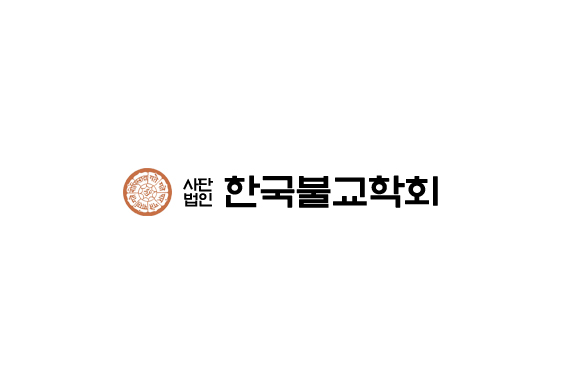트라우마 치유를 통한 마음의 변화 메커니즘 연구 – 성장치유모델을 중심으로 –
Study on the Mechanism of Mind Change through Trauma Healing – Focusing on the Growth Healing Model –
안환기
능인대학원대학교
한국불교학
2024, vol., no.112, pp. 121-148 (28 pages)
한국불교학회
초록
본 연구는 마음의 상처를 의미하는 트라우마(trauma) 증상을 치유하기 위해, 대승불교 유식학에서 도출한 성장치유모델을 제안하고 그 현대적 유용성을 탐색하였다. 성장치유모델은 트라우마 증상을 극복하는 과정을 단지 치료가 아니라 성장의 과정으로 보는 관점에서 제안된 것이다.
이를 위해 필자는 트라우마 증상이 고통의 원인이 된다는 점에서 트라우마를 번뇌로 보고, 유식학에서 분류한 번뇌의 종류 가운데 트라우마 주요 증상에 해당하는 분노[진(瞋)], 불안[도거(掉擧)], 우울[혼침(昏沈)]에 주목하였다. 그리고 유식학의 수행오위(修行五位)를 기반으로 성장치유모델을 구성하였다.
성장치유모델은 3단계로서 첫째, 선심소(善心所)의 함양, 둘째, 사심사관(四尋伺觀)과 사여실지관(四如實智觀)을 통한 마음의 상처치유, 셋째, 마음의 질적인 변화 등으로 이루어져 있다.
제1단계인 선심소의 함양에서는 자비심을 통한 분노의 다스림, 평정심을 통한 불안의 다스림, 가볍고 편안함을 통한 우울의 다스림에 주목하여 실천방법을 제안하였다. 제2단계에서는 사심사관과 사여실지관을 적용하여 트라우마 증상인 분노, 불안, 우울과 같은 부정적 정서의 본질을 정확하게 통찰하고, 소멸하는 메커니즘과 실천방법을 제시하였다. 이어서 제3단계인 가행위(加行位)에서 통달위(通達位)에 이르는 과정을 트라우마를 극복하는 마음의 질적인 변화[전의(轉依)]로 해석하고 그것을 확인하는 방법을 제안하였다.
필자는 이 논의를 토대로 서양의 ‘외상 후 성장’과 성장치유모델을 비교하여, 성장치유모델이 근원적으로 트라우마 증상을 치유하는 데 도움이 될 수 있음을 주장하였다.
This paper proposes a growth healing model derived from Yogācāra Buddhism to heal the symptoms of trauma and explores its modern availability. I offered the healing model as a process of growth, not just treatment of trauma symptoms.
I considered trauma as anguish in that trauma symptoms are the cause of the pain, and paid attention to the anger (dveṣa), anxiety (auddhatya) and depression (styāna), which are the main symptoms of trauma. In addition, I constructed a growth healing model based on the five practice stage of Yogācāra Buddhism.
It consists of three stages: first, cultivation of the good function of mind (kuśala-caitta), second, healing the mind through ‘four kinds of investigation’ and ‘four kinds of enlightenment,’ third, radical conversion of mind.
In the first stage, I suggested a method of practice, paying attention to the control of anger through mercy, anxiety through equanimity (upekṣā), and depression through relaxation (praśrabdhi).
In the second stage, I revealed the mechanism of ceasing the negative emotion such as anger, anxiety and depression through ‘four kinds of investigation’ and ‘four kinds of enlightenment’.
In the third stage, I explained the process from the stage of added effort to that of no-leaking as the radical conversion of mind. And I suggested a way to check that state of mind.
Based on this discussion, I compared the growth healing model with the post-traumatic growth. And I proposed that the growth healing model can fundamentally help heal trauma symptoms.

